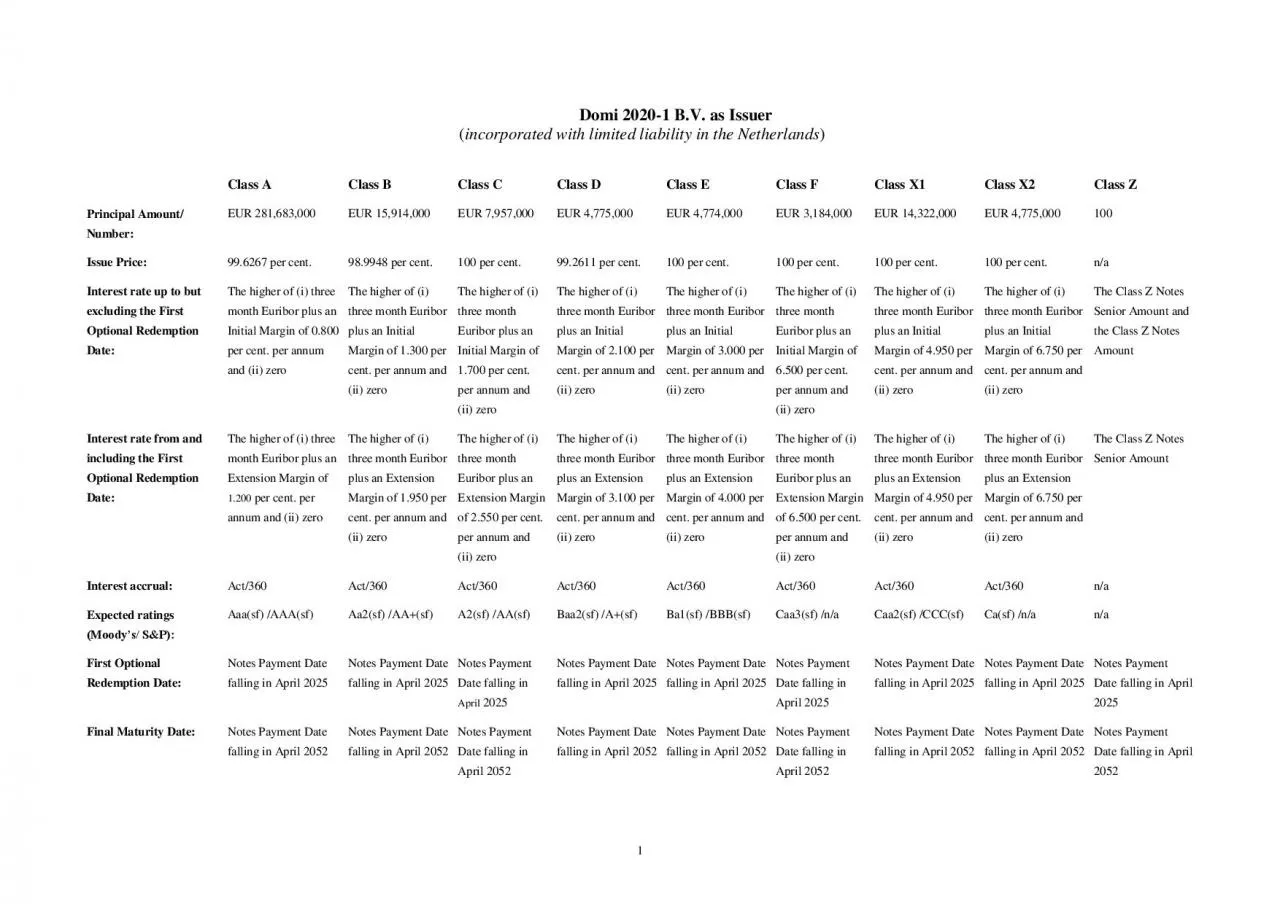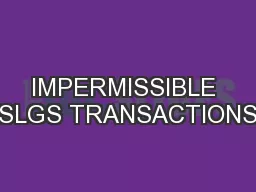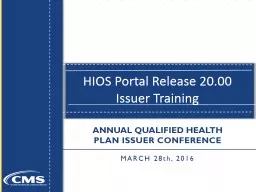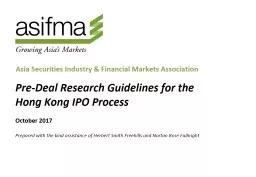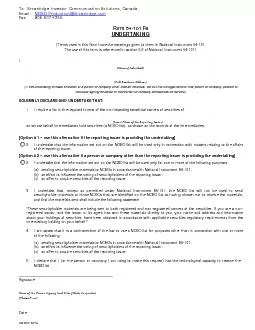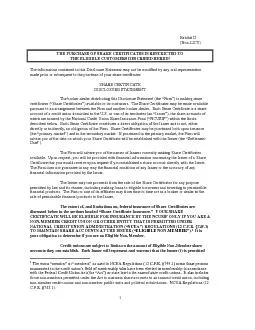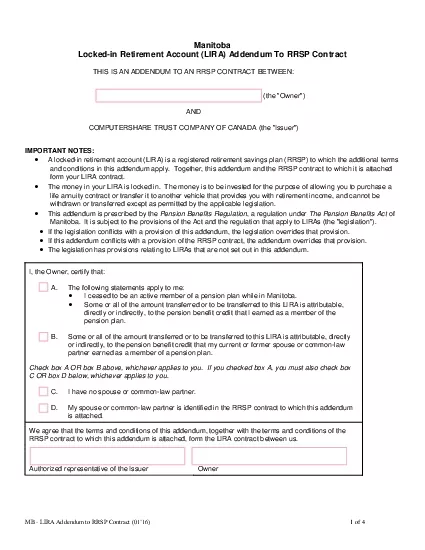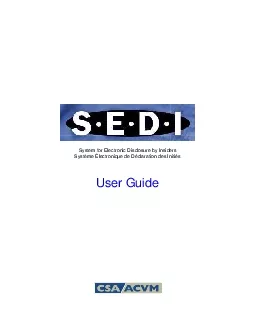PDF-The Issuer will issue
Author : loaiatdog | Published Date : 2020-11-19
2 General nine tranches of notes The Class A Notes through and including the Class F Notes are fully asset backed and will fund the purchase of the Mortgage Receivables
Presentation Embed Code
Download Presentation
Download Presentation The PPT/PDF document "The Issuer will issue" is the property of its rightful owner. Permission is granted to download and print the materials on this website for personal, non-commercial use only, and to display it on your personal computer provided you do not modify the materials and that you retain all copyright notices contained in the materials. By downloading content from our website, you accept the terms of this agreement.
The Issuer will issue: Transcript
Download Rules Of Document
"The Issuer will issue"The content belongs to its owner. You may download and print it for personal use, without modification, and keep all copyright notices. By downloading, you agree to these terms.
Related Documents

